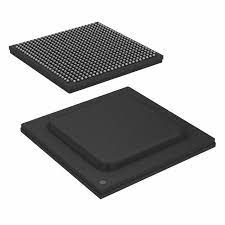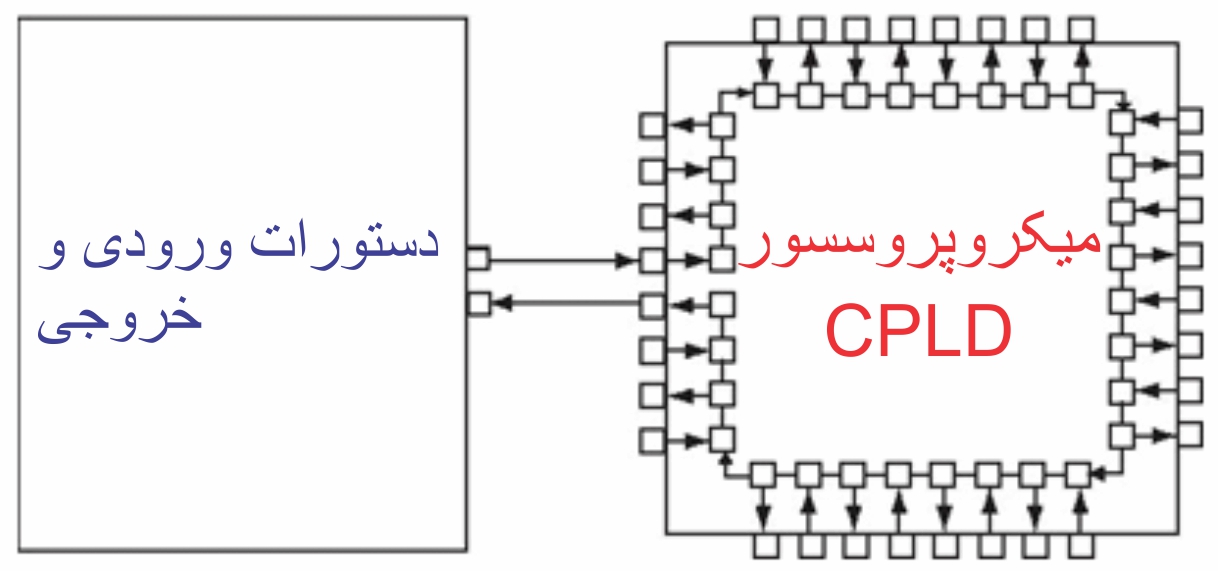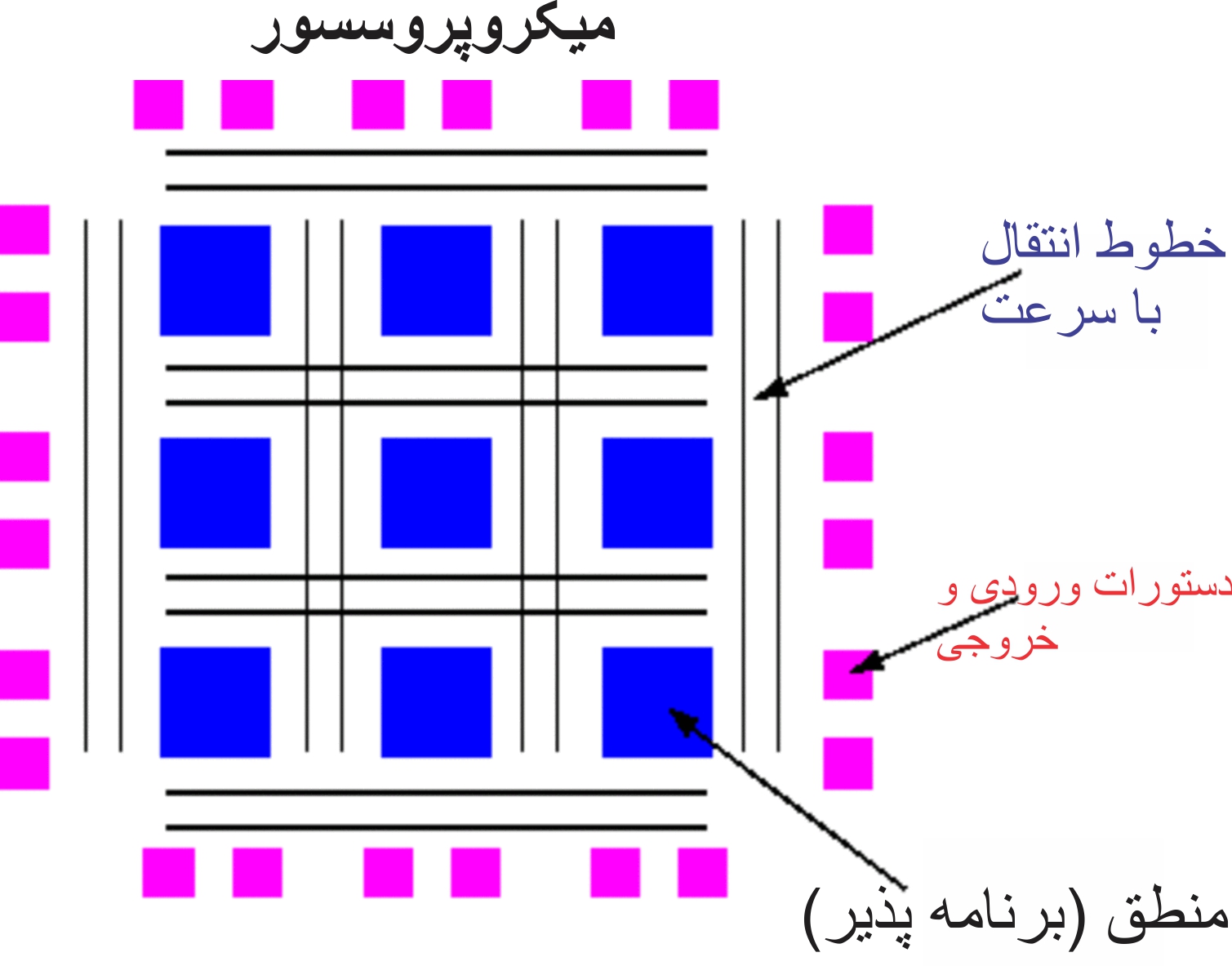_بخش مدار های مجتمع CMD (پایه خرچنگی) از نوع HCPLD و CPLD یا (ساختمان گُسسته)
آشنایی بیشتر با منطق (برنامه پذیر) CPLD و HCPLD یا خلاصه شده complex programmable logic device در مدار های مجتمع با (ساختمان گُسسته)
پژوهشگر و نویسنده: دکتر ( افشین رشید)
نکته: معنی واژه CPLD خلاصه شده complex programmable logic device میباشد و ساده ترین میکروپروسسور های برنامه پذیر هستند. این دسته در مقایسه با FPGA ها، بسیار کوچکتر و ساده تر هستند. ولی تکنولوژی ساخت آن ها بر اساس فیوز ها است و باعث میشود نیاز به حافظه برای ذخیره سازی برنامه و زمان لود برنامه نباشد.
درکل CPLD ها برای پیاده سازی مدارات کوچک منطقی مناسب هستند. CPLD ها بسیار کم مصرف نیز هستند.علاوه بر توابع دیجیتال ، برخی از CPLD ها دارای ویژگی های آنالوگ هستند. متداول ترین ویژگی آنالوگ ، سرعت آستر قابل برنامه ریزی و قدرت درایو بر روی هر پین خروجی است و به سیستم این امکان را می دهد که سرعت های کندتری را روی پین های با فشار کم تنظیم کند که در غیر این صورت غیرقابل قبول می چرخند ، و میکروپروسسور عملکرد های قوی تر و سریع تری را روی پین های پر بار در کانال های پر سرعت تنظیم می کند. در غیر این صورت خیلی کند خواهد بود.
در میکروپروسسور CPLD (دستگاه منطقی قابل برنامه ریزی پیچیده) یک وسیله منطقی قابل برنامه ریزی است که از چندین PLD ساده (SPLD) تشکیل شده است و دارای یک ماتریس سوئیچینگ قابل برنامه ریزی در بین بلوک های منطق است. این شهر دارای خصوصیات معماری PAL و FPGA است اما نسبت به FPGA پیچیده تر است. ماکرو سلول بلوک ساختمانی CPLD است که شامل عبارات عادی و اصطلاحات عادی و عملیاتی منطقی تر است.تفاوتهای اصلی بین CPLD و FPGA از نظر معماری است. CPLD یک ساختار محدود کننده دارد که منجر به انعطاف پذیری کمتری می شود. معماری FPGA به هم پیوسته متصل شده است ، که باعث می شود آنها نه تنها به مراتب انعطاف پذیر تر باشند بلکه برای طراحی میکروپروسسور نیز بسیار پیچیده تر هستند.
پژوهشگر و نویسنده: دکتر ( افشین رشید)
دکترایِ تخصصی نانو _ میکرو الکترونیک





